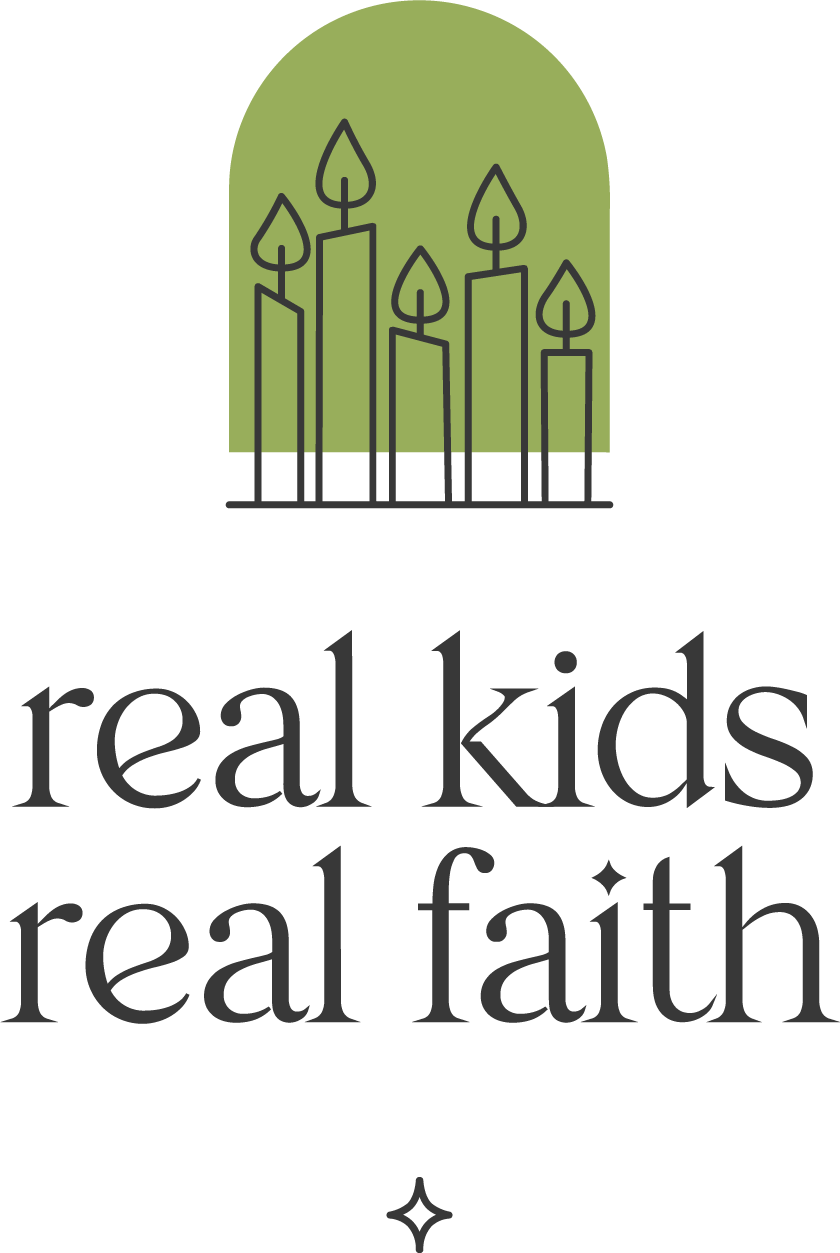Pop up a digital calendar and you’ll likely see a host of cultural ‘holidays’ created to encourage local, national, and international appreciation for various things. There’s everything from National Watermelon Day (Aug 3) to International Cat Day (Aug 8), National Tooth Fairy Day (Aug 22), World Rock Paper Scissors Day (Aug 27), and Eat Outside Day (Aug 31).
While some of these ‘holidays’ may seem frivolous or commercial, the idea of calling attention to things we enjoy or value can help children explore what matters. Families and groups can look for days that are already designated for values and commitments we hold dear or invent our own holidays and accompanying activities. Here are a few ideas from the August calendar:
Sandcastle Day (August 3). Seize the opportunity to build a sandcastle and explore climate change at the same time. Research together how sandy beaches are created and the ways that climate change and pollution negatively affect the process. Make a sand castle at the beach, in a sandbox, or with ‘magic’ (kinetic) sand and invite children to notice how they feel as they work. Then imagine how each of you would feel if there was no sand for building sandcastles. Imagine how the creatures that live in the sand might feel as well. Encourage children to identify things they can do to reduce climate change and protect the beaches.
National Friendship Day (August 4). Encourage children to reflect on what makes friendships work on this holiday. Roleplay friendly and unfriendly scenarios, e.g., sharing muffins vs. hiding them away, listening carefully rather than ignoring others when they are talking, or providing care when a friend is hurt instead of telling them to stop crying. Suggest that children recall interactions with actual friends that were helpful and hurtful to inform their roleplay.
International Youth Day (August 11). Since this day is designed to celebrate the contributions of young people, invite children to draw a self-portrait that emphasizes their strengths and shows something they have or can do for their community. Post their drawings on the wall or online with the heading ‘Kids Make a Difference’ or another positive message of the children’s choosing.
World Honey Bee Day (August 17). Slather some honey on your favorite bread or stir it into tea and imagine being honey bees together. Say: Close your eyes and breathe slowly in (pause) and out (pause). Imagine you are a honey bee, buzzing among the flowers. (pause) What is your goal for the day? (pause) How do you feel as you work? (pause) If you could talk to kids, what would you say to them? (pause) Now fly back to your hive and open your eyes when you get there. Invite children to share about their bee experiences if they want.
Women’s Equality Day (August 26). Use this observance to explore gender stereotypes. Watch a favorite movie or show together and encourage kids to notice different ways that characters are treated based on their gender identities. Ask: How are women and girls expected to act? What kinds of things are they asked to do? What do people say about them? Pose the same questions about men and boys, then ask: What is different about how women/girls and men/boys are treated? How do you feel about these differences?

Comments